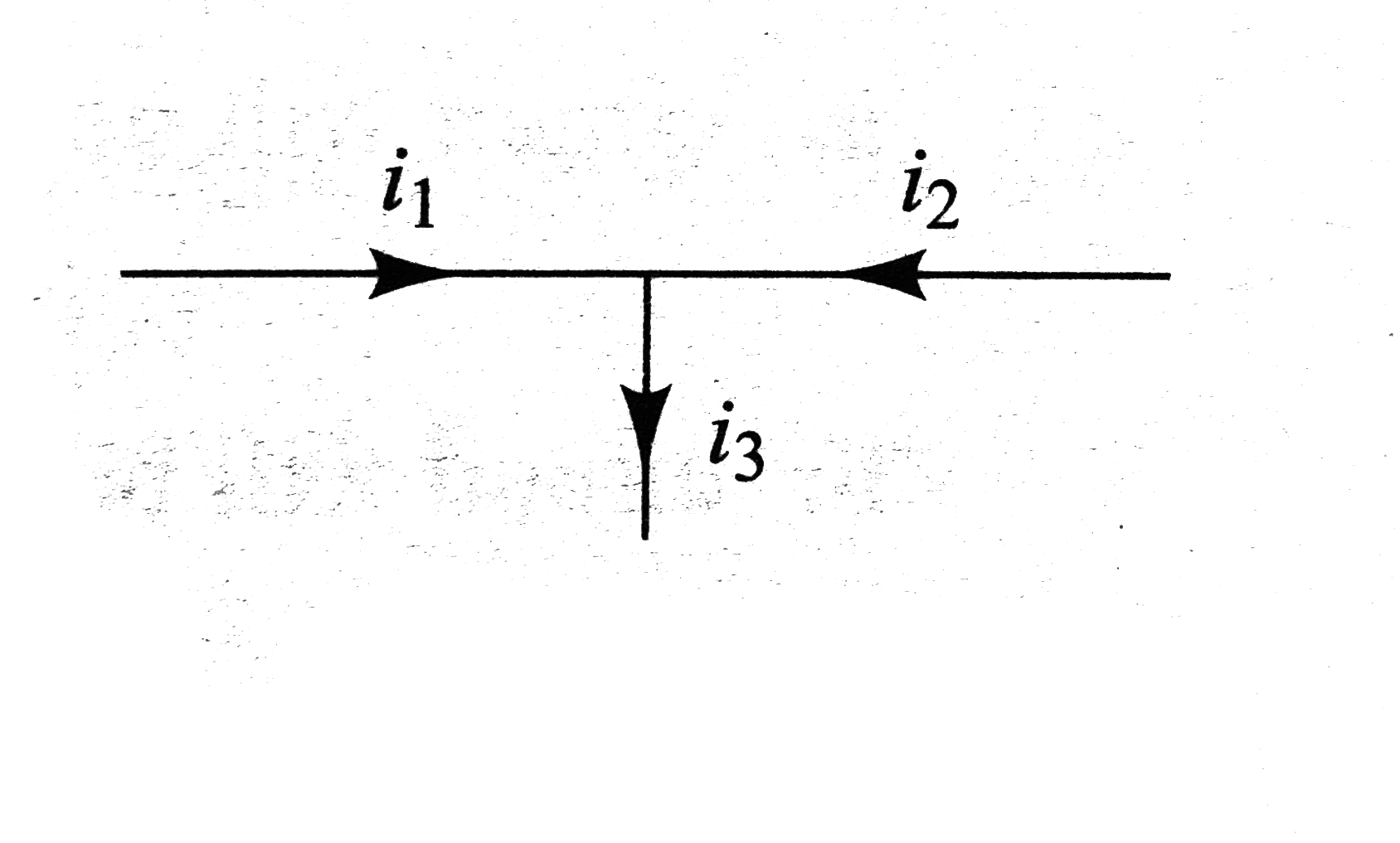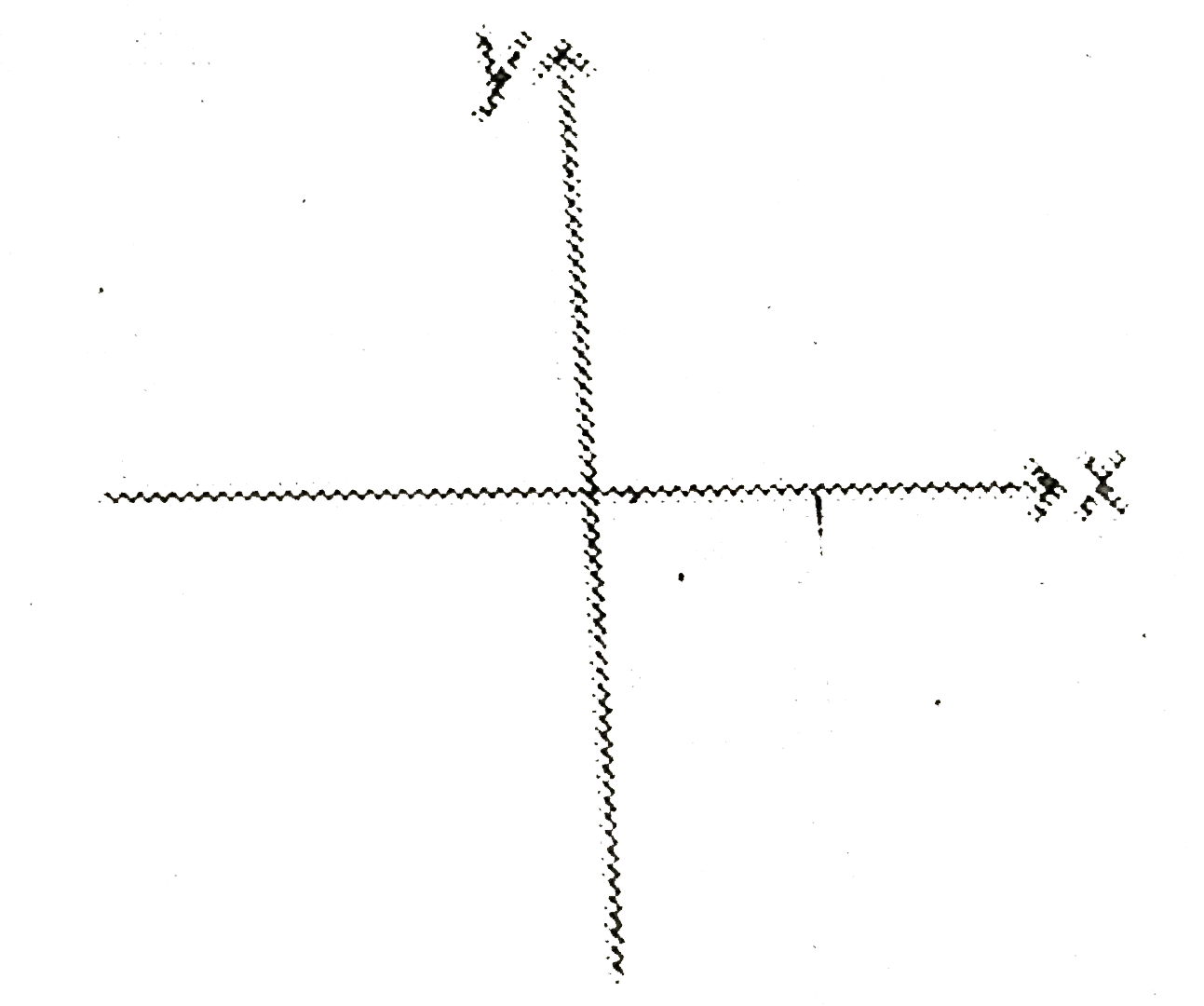Assume x1=ASin(ωt) and x2=ACos(ωt+π6). The phase difference between x1 and x2 is
π3
π6
Zero
2π3
To find the phase difference between the two functions x1=Asin(ωt) and x2=Acos(ωt+π6), we can follow these steps:
Step 1: Rewrite x2 in terms of sine
We know that the cosine function can be expressed in terms of sine. Specifically, we can use the identity:
cos(θ)=sin(π2−θ)
Thus, we can rewrite x2:
x2=Acos(ωt+π6)=Asin(π2−(ωt+π6))
This simplifies to:
x2=Asin(π2−ωt−π6)
Step 2: Simplify the argument of sine
Now, we simplify the argument of the sine function:
π2−π6=3π6−π6=2π6=π3
Thus, we can express x2 as:
x2=Asin(π3−ωt)
Step 3: Identify the phases
Now we can identify the phases of both functions:
- For x1=Asin(ωt), the phase ϕ1=ωt.
- For x2=Asin(π3−ωt), we can express it as:
x2=Asin(−ωt+π3)
This means the phase ϕ2=−ωt+π3.
Step 4: Calculate the phase difference
The phase difference Δϕ is given by:
Δϕ=ϕ2−ϕ1
Substituting the phases we found:
Δϕ=(−ωt+π3)−ωt
This simplifies to:
Δϕ=π3−2ωt
Step 5: Finalize the phase difference
Since we are interested in the phase difference between the two functions, we can express it as:
Δϕ=π3
Conclusion
Thus, the phase difference between x1 and x2 is π3.
---
We know that the cosine function can be expressed in terms of sine. Specifically, we can use the identity:
cos(θ)=sin(π2−θ)
Thus, we can rewrite x2:
x2=Acos(ωt+π6)=Asin(π2−(ωt+π6))
This simplifies to:
x2=Asin(π2−ωt−π6)
Now, we simplify the argument of the sine function:
π2−π6=3π6−π6=2π6=π3
Thus, we can express x2 as:
x2=Asin(π3−ωt)
Now we can identify the phases of both functions:
- For x1=Asin(ωt), the phase ϕ1=ωt.
- For x2=Asin(π3−ωt), we can express it as:
x2=Asin(−ωt+π3)
This means the phase ϕ2=−ωt+π3.
The phase difference Δϕ is given by:
Δϕ=ϕ2−ϕ1
Substituting the phases we found:
Δϕ=(−ωt+π3)−ωt
This simplifies to:
Δϕ=π3−2ωt
Since we are interested in the phase difference between the two functions, we can express it as:
Δϕ=π3
Thus, the phase difference between x1 and x2 is π3.
Similar Questions
Two SHM are represented by equations x1=4sin(ωt+37°) and x2=5cos(ωt). The phase difference between them is
View SolutionEquations of a stationary and a travelling waves are as follows y1=sinkxcosωt and y2=asin(ωt−kx). The phase difference between two points x1=π/3k and x2=3π/2kisϕ1 in the standing wave (y1) and is ϕ2 in the travelling wave (y2) then ratio ϕ1/ϕ2 is
View Solution
Knowledge Check
if x=asin(ωt+π/6) and x'=acosω, t, then what is the phase difference between the two waves
Aπ/3Bπ/6Cπ/2Dπ
If i1=3sinωtand(i2)=4cosωt, then (i3) is

View SolutionTwo particle AandB execute simple harmonic motion according to the equation y1=3sinωt and y2=4sin[ωt+(π/2)]+3sinωt. Find the phase difference between them.
View Solutionx=x1+x2 (where x1=4cosωt and x2=3sinωt) is the equation of motion of a particle along x-axis. The phase different between x1 and x is
View SolutionTwo waves are represented by the equations
y1=asin(ωt+kx+0.785)
and y2=acos(ωt+kx)
where, x is in meter and t in second
The phase difference between them and resultant amplitude due to their superposition are
View SolutionA particle is subjected to SHM as given by equations x1=A1sinωt and x2=A2sin(ωt+π/3).The maximum acceleration and amplitude of the resultant motion are it amax and A,respectively , then
View SolutionA xandy co-ordinates of a particle are x=Asin(ωt)andy=Asin(ωt+π/2). Then, the motion of the particle is

View SolutionA partical is subjucted to two simple harmonic motions
x1=A1sinωt
and x2=A2sin(ωt+π/3)
Find(a) the displacement att=0, (b) the maximum speed of the partical and ( c) the maximum acceleration of the partical.
View Solution